
As we stand on the precipice of a new era, one where artificial intelligence and robotics converge to reshape our world, it is crucial to explore what lies ahead for AI-driven robotics in 2023.
The rapid advancements in this field have brought us closer to a future where robots not only mimic human actions but also possess the ability to think, learn, and adapt.
In this article, we will delve into the cutting-edge technologies, emerging trends, and potential challenges that await us as we navigate through the dynamic landscape of robotics technology.
Brace yourself for an insightful journey into the realm of AI-driven robotics in 2023.
Key Takeaways
- Integration of AI enables humanoid robots to perform complex human-like tasks
- Sensor fusion advancements revolutionize perception and decision-making capabilities
- Robotics technology in healthcare transforms medical diagnosis and treatment
- Ethical concerns arise regarding privacy, biases, and accountability in AI-driven robotics
Advancements in Humanoid Robotics
Advancements in humanoid robotics have witnessed significant progress, with the integration of artificial intelligence (AI) enabling these robots to perform increasingly complex human-like tasks. In 2023, we can expect even more remarkable breakthroughs in this field.
One area that holds great promise is the development of AI-driven sensors and perception systems for humanoid robots. These advancements will enhance their ability to navigate complex environments, interact with objects, and understand human gestures and emotions.
Moreover, researchers are working on improving the dexterity and agility of these robots by incorporating advanced materials and actuators. This will enable them to perform delicate tasks with precision and grace, bringing them closer to matching human capabilities.
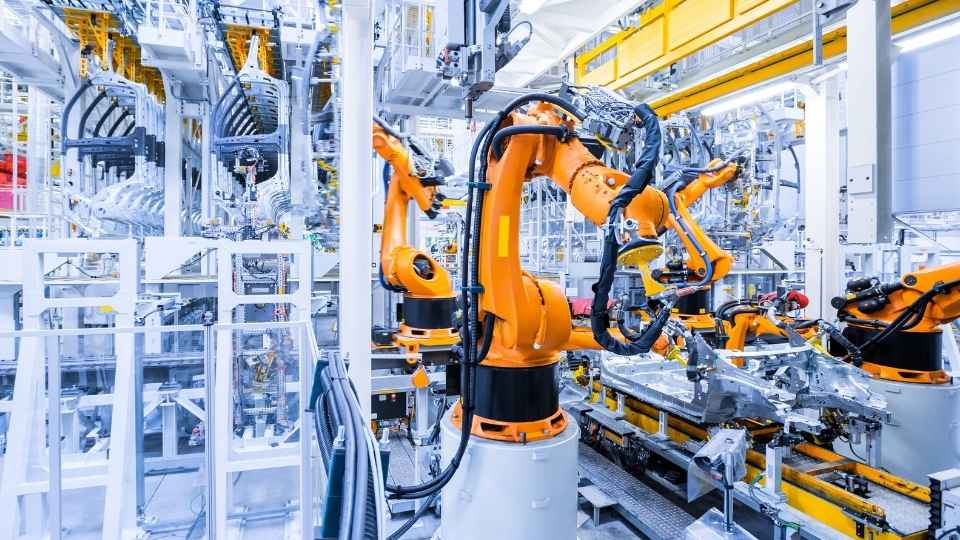
With such advancements on the horizon, we can anticipate a future where humanoid robots seamlessly integrate into our daily lives, assisting us in various capacities while providing us with newfound freedoms.
Emerging Robot Sensors Technologies
Emerging Robot Sensors Technologies are revolutionizing the capabilities of robots by enhancing their perception and understanding of the surrounding environment. Sensor fusion advancements, combining multiple sensors such as cameras, LiDAR, and infrared sensors, enable robots to gather accurate and comprehensive data for real-time analysis.
These advancements have wide-ranging applications in healthcare, where robots equipped with advanced sensor technologies can assist in patient monitoring, surgical procedures, and rehabilitation exercises.
Sensor Fusion Advancements
The integration of multiple sensors in robotics technology is revolutionizing the field, allowing for enhanced perception and decision-making capabilities. Sensor fusion advancements are at the forefront of this progress, enabling robots to gather data from various sensors and combine it to form a comprehensive understanding of their environment.
By combining inputs from sensors such as cameras, LiDAR, radar, and tactile sensors, robots can perceive their surroundings with greater accuracy and make more informed decisions. This sensor fusion approach also enhances robotic autonomy by reducing reliance on individual sensor limitations and improving adaptability to different environments.
As we look towards the future of AI-driven robotics in 2023, sensor fusion advancements will play a crucial role in enabling robots to navigate complex environments, interact with objects and humans more effectively, and ultimately enhance freedom in both personal and industrial applications.
Applications in Healthcare
Applications of sensor fusion in healthcare are transforming the way medical professionals diagnose and treat patients, providing more accurate data and improving patient outcomes. By integrating data from multiple sensors, such as accelerometers, gyroscopes, and temperature sensors, into a single system, sensor fusion enables healthcare providers to gather comprehensive information about a patient's health status. This technology has numerous applications in healthcare settings.
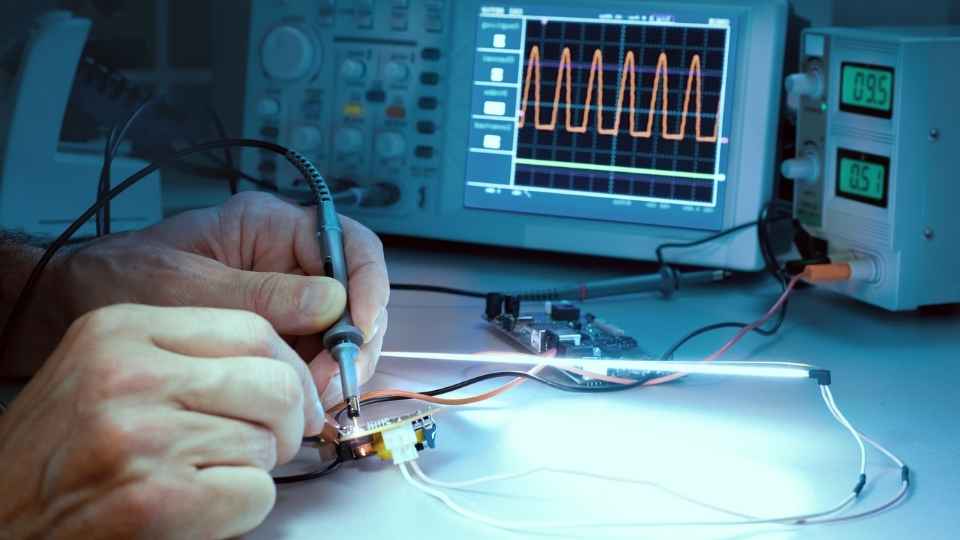
One application is in remote patient monitoring. Sensor fusion allows for continuous monitoring of vital signs and other health parameters without the need for constant physical presence by medical professionals. Through wearable devices equipped with various sensors, patients can be monitored remotely, enabling early detection of any abnormalities or changes in their condition.
Another application is surgical robotics. Sensor fusion plays a crucial role in enhancing the precision and accuracy of robotic systems used during surgeries. By combining data from different types of sensors embedded in surgical robots, such as visual cameras, force sensors, and haptic feedback devices, surgeons can perform complex procedures with enhanced dexterity and improved safety.
Furthermore, sensor fusion is also being utilized in rehabilitation therapy. By integrating data from motion capture sensors with physiological measurements like heart rate or muscle activity sensors, therapists can design personalized rehabilitation programs that adapt to each patient's specific needs. This improves the efficiency of therapy sessions and enhances recovery outcomes.
The Future of Ai-Driven Robotics
As the field of AI-driven robotics continues to advance at an unprecedented pace, it is essential to consider the future implications.
Ethical concerns surrounding the integration of AI into robotic systems are becoming increasingly prominent, with discussions on accountability and transparency gaining traction.
Additionally, there is growing speculation about the impact of these advancements on the job market, as automation becomes more prevalent.
Ethical Concerns in AI
Ethical concerns surrounding AI in robotics are becoming increasingly prevalent as the technology continues to advance. As we look towards a future where artificial intelligence plays a central role in our daily lives, it is crucial to address these concerns and ensure that AI-driven robotics adhere to ethical principles.
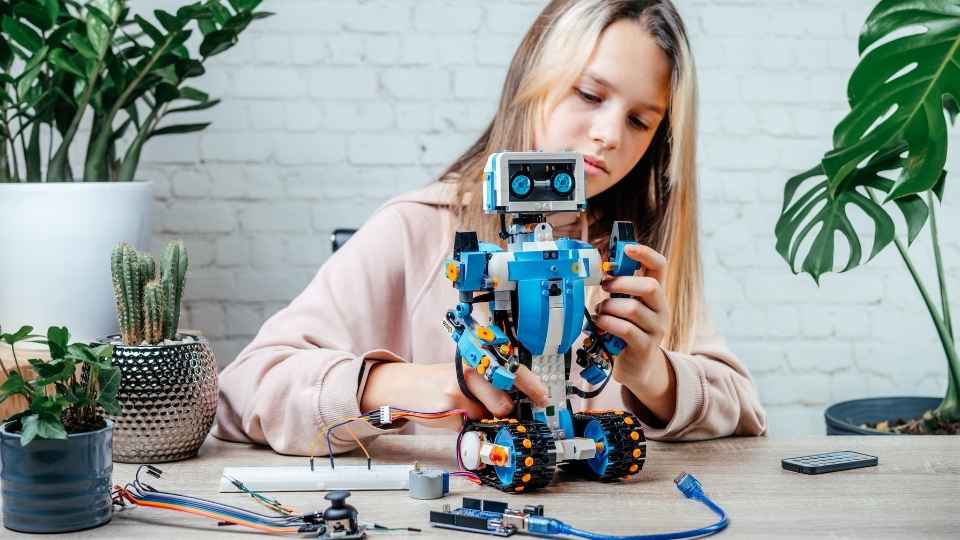
Privacy: The use of AI in robotics raises questions about the collection and use of personal data, highlighting the need for robust privacy protections.
Bias: AI algorithms can inadvertently perpetuate biases and discrimination. It is important to develop systems that are fair and unbiased, ensuring equal treatment for all individuals.
Transparency: The opacity of AI algorithms poses challenges in understanding how decisions are made. Ensuring transparency allows users to comprehend and trust the technology.
Accountability: As robots become more autonomous, determining responsibility for their actions becomes complex. Developing frameworks that hold both manufacturers and users accountable is essential.
Impact on Job Market
The rapid advancement of artificial intelligence has sparked concerns about its impact on the job market, particularly in terms of job displacement and the need for new skill sets. As AI technology continues to evolve, there is a growing fear that automation will replace human workers in various industries. This has led to debates surrounding the ethical implications of implementing such technologies without proper consideration for the workforce.
However, it is crucial to approach this issue with an open mind and consider the potential benefits that AI can bring to the job market. While certain roles may become obsolete, new jobs will emerge as a result of technological advancements. The key lies in adapting and acquiring the necessary skills to thrive in this changing landscape.
Transitioning into robotics automation trends in 2023, it is important to analyze how these developments will further shape the job market and provide opportunities for individuals seeking freedom and growth within their professions.

Robotics Automation Trends in 2023
One notable trend in robotics automation for 2023 is the integration of machine learning algorithms to enhance decision-making capabilities. This advancement allows robots to learn from past experiences and make more informed decisions in real-time. With the increasing complexity of tasks performed by robots, this integration is crucial for improving their autonomy and adaptability.
Improved efficiency: By analyzing vast amounts of data, machine learning algorithms can optimize robot movements and reduce time-consuming trial-and-error processes.
Enhanced safety: Robots equipped with machine learning algorithms can better identify potential hazards and take proactive measures to prevent accidents.
Increased productivity: With the ability to analyze patterns and trends, robots can predict maintenance needs, minimizing downtime and maximizing productivity.
Personalized interaction: Machine learning enables robots to understand human behavior and preferences, allowing them to provide personalized assistance or recommendations.
Cutting-edge Applications of Robotics Technology
As we look ahead to the future of robotics technology in 2023, it is clear that cutting-edge applications will play a pivotal role in shaping our world. From healthcare and manufacturing to agriculture and transportation, the possibilities seem limitless.
One area where we can expect significant advancements is in the field of medical robotics. Imagine surgical procedures being performed with unparalleled precision and efficiency by robotic systems capable of intricate movements beyond human capabilities.
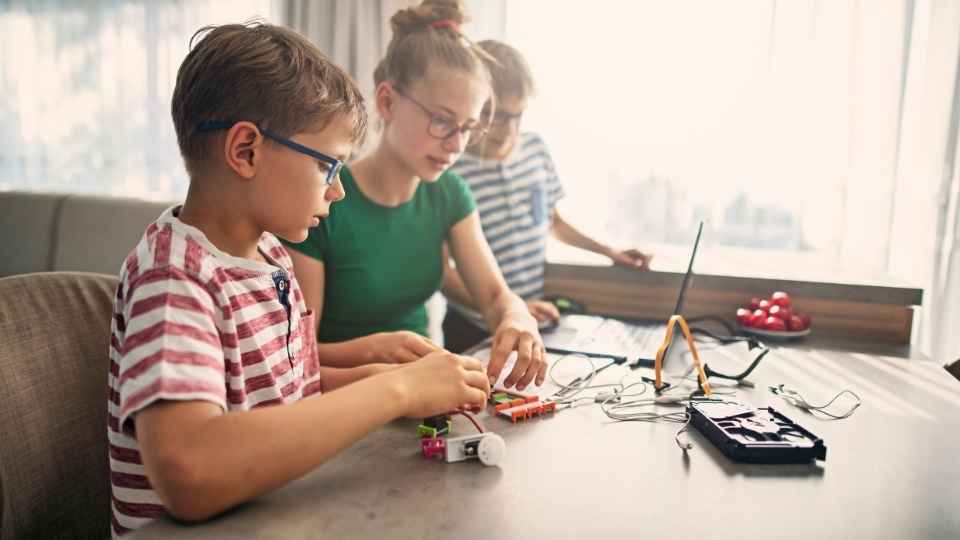
Furthermore, autonomous vehicles are set to revolutionize transportation, reducing accidents and congestion while increasing accessibility for all individuals.
These cutting-edge applications not only have the potential to transform industries but also improve our quality of life. However, with these opportunities come challenges such as ethical considerations, security concerns, and ensuring equitable access to these technologies.
Let us explore further the challenges and opportunities that lie ahead in ai-driven robotics.
Challenges and Opportunities in Ai-Driven Robotics
Challenges and opportunities await us in the realm of AI-driven robotics, where ethical considerations, security concerns, and equitable access to these transformative technologies must be carefully addressed.
As we venture into this new frontier, here are four key aspects that demand attention:
Ethical implications: Ensuring that AI-driven robots adhere to ethical standards is crucial. This includes addressing concerns related to privacy invasion, data protection, and algorithmic bias.
Security risks: With increased connectivity comes the risk of cyberattacks on robotic systems. Developing robust security measures is imperative to protect against unauthorized access or control over these machines.

Accessibility for all: It is essential to ensure that advancements in robotics technology are accessible to people from all walks of life. This means bridging the digital divide and providing equal opportunities for everyone to benefit from these technologies.
Workforce displacement: The rise of AI-driven robotics raises concerns about job displacement. Preparing for this transition by reskilling workers and creating new employment opportunities will be vital.
As we tackle these challenges head-on, it is essential to look towards the future with optimism.
In the following section, we will explore predictions for the future of robotics technology in 2023 and beyond.
Predictions for the Future of Robotics Technology in 2023
As we look ahead to the future of robotics technology in 2023, it becomes evident that we are on the brink of a revolutionary shift. With advancements in artificial intelligence (AI) and machine learning, the capabilities of robots are set to expand exponentially.
One prediction for 2023 is the increased integration of robots into our everyday lives. These intelligent machines will become more autonomous, performing tasks once reserved for humans. From household chores to complex industrial operations, robots will continue to redefine efficiency and productivity.
Furthermore, there will be significant progress in human-robot collaboration. As safety measures improve and trust between humans and robots strengthens, we can expect to see a rise in collaborative work environments where humans and robots seamlessly cooperate towards common goals.
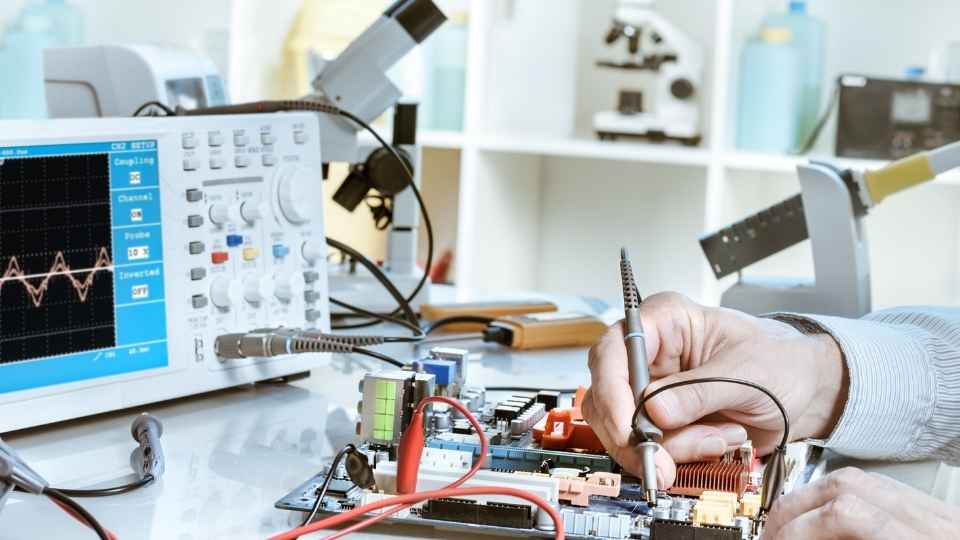
Additionally, we anticipate breakthroughs in humanoid robotics. The development of sophisticated sensors and actuators will enhance robot dexterity, enabling them to navigate complex terrains and interact with objects more naturally.
Frequently Asked Questions
What Are the Current Challenges in Developing Humanoid Robots?
The current challenges in developing humanoid robots include achieving natural and fluid movement, integrating complex sensory systems, ensuring robustness and reliability, addressing ethical concerns, and bridging the gap between human-like intelligence and physical capabilities.
How Do Robot Sensors Contribute to the Advancement of Robotics Technology?
Robot sensors play a pivotal role in the advancement of robotics technology. They provide crucial data, enabling robots to perceive and interact with their environment, enhancing their autonomy and adaptability. This drives innovation and propels us towards a future filled with intelligent, AI-driven robots.
What Are Some Potential Applications of Ai-Driven Robotics in the Future?
Potential applications of AI-driven robotics in the future include autonomous vehicles, industrial automation, healthcare assistance, space exploration, and disaster response. These advancements have the potential to revolutionize various industries and improve efficiency, safety, and productivity.
How Will Robotics Automation Trends Evolve in 2023?
In 2023, robotics automation trends are expected to evolve significantly. Advancements in AI-driven robotics will lead to increased efficiency, productivity, and accuracy in various industries such as manufacturing, healthcare, logistics, and agriculture.
What Are the Key Opportunities for Ai-Driven Robotics in Various Industries?
Key opportunities for AI-driven robotics in various industries include enhanced productivity, improved safety, and cost reduction. Industries such as manufacturing, healthcare, logistics, and agriculture can benefit from automation, data analysis, and intelligent decision-making capabilities provided by AI-powered robotic systems.
 Basic Electronics ConceptsEssential ToolsCircuit Design BasicsMicrocontrollersDIY Electronics ProjectsRoboticsPrivacy PolicyTerms And Conditions
Basic Electronics ConceptsEssential ToolsCircuit Design BasicsMicrocontrollersDIY Electronics ProjectsRoboticsPrivacy PolicyTerms And Conditions
